13 Quiet Acts of Kindness That Turned Ordinary People Into Superhumans

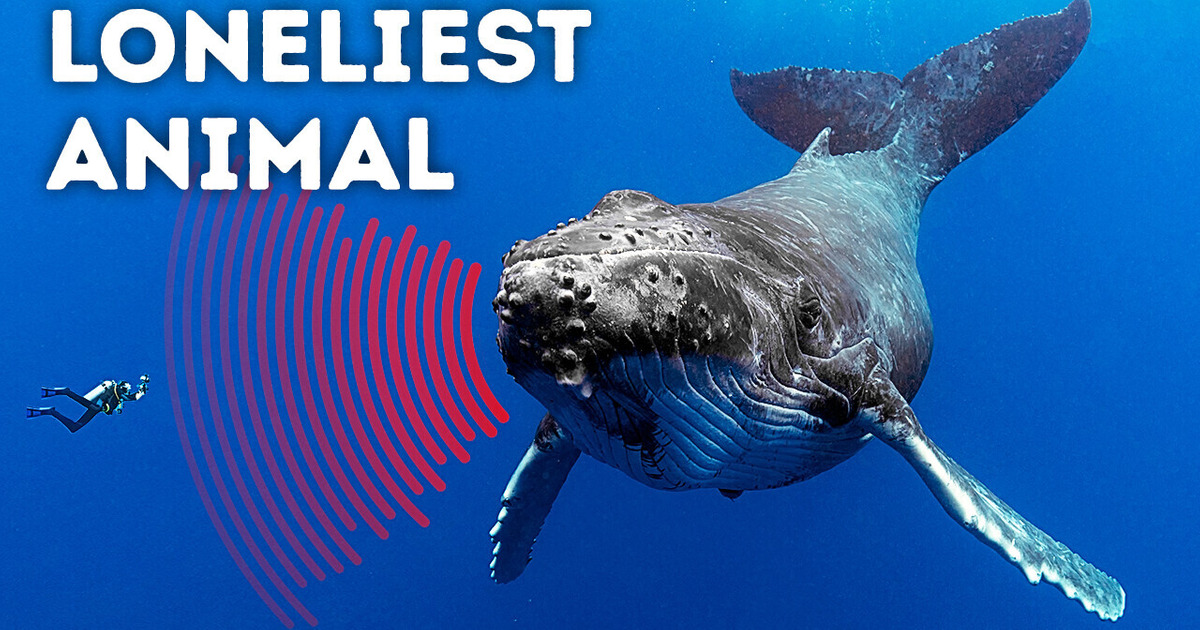
Imagine crying out to someone not knowing that they can’t hear you. This is the story of the loneliest whale swimming in the oceans. Scientists can only refer to the whale as a 52-Hertz whale or 52 whale for short. They call it that because they picked up its sound pitch similar to a Blue whale’s frequency which is between 10 and 39 Hertz.
Whales, like many animals, communicate with frequencies that only they can understand. This whale in particular is known as the only one of its kind since no other whale produces the same frequency.
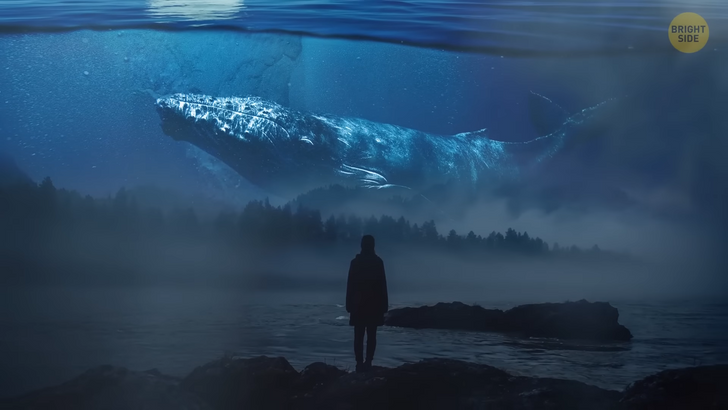
It’s almost like a ghost since no one has ever seen this whale in person or through footage; we only have recordings via hydrophones. It’s been swimming around for decades and was first heard in the late 1980s up until 2010. Scientists have been receiving the whale’s cry in the Pacific Ocean yearly from August to December. Between January and February, it moves out of range.
Scientists are still wrapping their heads around what this whale could be. Some are saying that it could be a blue whale hybrid of some kind while others are suggesting that it could simply be a blue whale but with a special condition. Some think that the whale might not hear properly or cannot hear at all. But the fact that the whale has been around for such a long time means it’s most probably a healthy whale.
We know that the whale resides somewhere in the north Pacific, but scientists still haven’t seen it for the past 30 years. All we’ve been doing is collecting vocal recordings through its path calling for another whale to answer. People discovered whale frequencies by accident.
The US leadership deployed a bunch of hydrophones across the ocean floor to listen to other submarines incoming. While it may have proven successful for them, it also caught various frequencies from the depths of the oceans — “monstrous” sounds. They described them as deep rumbling calls.
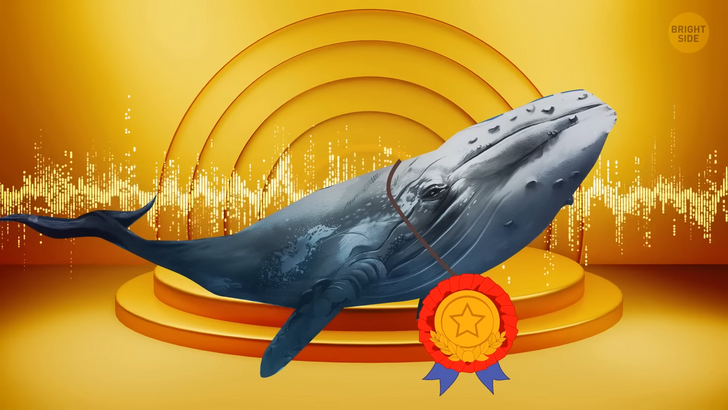
For centuries, legendary creatures were thought to have roamed the deep dark waters — Krakens, Leviathans, and other scary aquatic beasts. Maybe the submarines first thought they were listening to one of the creatures, but the frequencies were later identified as the sound of blue and fin whales. Towards the end of the 1980s, researchers and scientists were granted access to use the hydrophone network specifically for whales.
Scientists realized that they could capture the frequencies of almost all whales and just the 52Hz stood out. There was so much buzz around this whale that some people decided to make a documentary about it. People have always wondered if this whale would ever find the special one it’s always been calling for. An albatross is one of the fastest animals on the planet and can travel far and wide with ease.
But this one named Albert couldn’t find love fast enough. For the last 50 years, scientists believed that Albert has flown the coasts of Scotland searching for a mate. Sadly enough, all his potential “matches” won’t be around for another 8,000 miles on the other side of the world. Its natural home isn’t the coasts of Scotland, so how did it end up there? Some believe that Albert was caught in the middle of a storm and was blown away from the equator in the South Atlantic somewhere in the 1960s.
Since then, it’s been stuck there with no place to go. Sure, these birds can travel, but not that far away — they will need help from the right winds to go home. Albert has been looking for a mate for decades now. He has found shelter on a remote rocky outcrop between the Shetland Isles and the Outer Hebrides first, but now he lives at Bempton Cliffs. Scientists have noted that Albert has been wandering the skies of Scotland knowing that this species of birds have a lifespan of about 70 years.
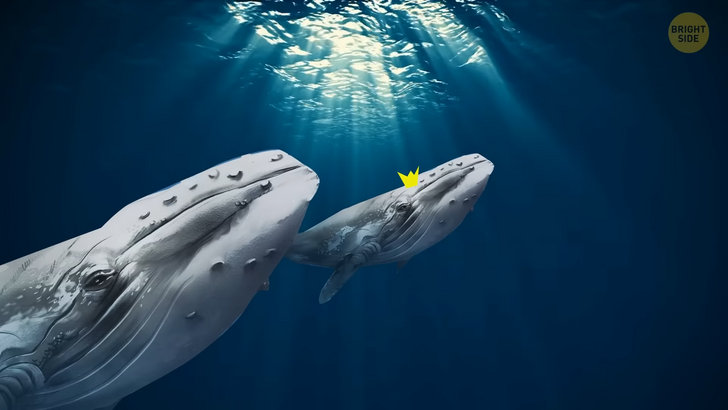
Not all birds flock together. Albert has been trying desperately to make some friends with the other birds in the neighborhood but with no luck. The Albatross is native to the Falkland Islands which is way off course of Scotland. It most likely won’t go back home anytime soon.
Lonesome George isn’t a name anyone would like to have but this Pinta Island Tortoise from Galápagos earned the title by literally being the last of its kind. The sad part of lonesome George’s tale is that his species were booming and thriving in the 19th century.
Unfortunately, humans got in the way and their numbers dwindled. For a very long time, people thought that this animal was extinct until George was discovered in 1972. It drew a lot of attention from the media and press. They found out that Lonesome George was about 60 years old by then, so they decided to bring him to a zoo.
So, for many years in captivity, Lonesome George would not have the freedom or the life he would always want. He was the very last of his species so the scientists that held him captive only wanted him to mate with other species, but nothing happened. He sadly passed away after 2012 officially the last of its kind. Toughie was the last of its kind, a Rabbs’ fringe-limbed tree frog.

This species used to live freely in the rainforests of Panama, gliding from tree to tree. Just like Lonesome George, they took Toughie into captivity to protect it from predators and from an infection that wiped out the rest of its kind. He was placed in a botanical garden in Atlanta in a gray shipping container. He passed away in 2016.
One of the saddest parts is that Toughie stopped calling for a mate since it was placed in captivity. Either he knew he was the last of his kind somehow or that he was in a container. He also never responded to recordings of female frogs of his kind. Maybe he also knew those were fake. He went out strong and became a legend among frog enthusiasts.
At the beginning of 1987, only 3 Spix macaws were known to exist in the wild and by the end of the same year, 2 of them were taken away. In Brazil, the Spix’s macaw flies freely in the thick Amazon forests. They live mainly in tropical dry forests and chill by the old hollow trees growing along the creek. Their main diet is seeds and nuts whenever they can find them. However, their numbers started to decline until they were no longer spotted. In 1995, a bunch of scientists went on a journey to save the rarest bird at the time.
The job won’t be so challenging since the bird’s blue-gray color is so distinct that you’d spot it a mile away. During this time, only that one parrot was alive in the world near a small town in northeastern Brazil. The parrot was first spotted by a German naturalist Johann Baptist von Spix in 1819 which is how the parrot got its name. During that time, there was no record of how many Spix parrots were soaring in the air. But back then, he noted that they were very rare.
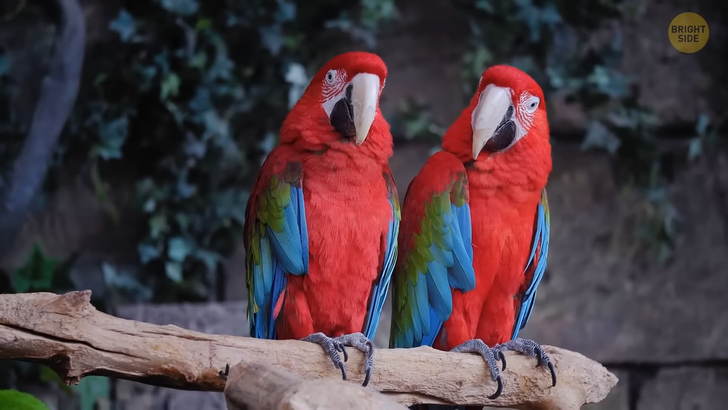
The parrot was all alone during its years in the wild. It’s extremely difficult to spot it and to put a tracker to see its whereabouts. However, unknowingly there were still many Spix’s parrots alive and well in captivity who have never felt the real joy of stretching their wings and soaring from tree to tree.
After successful breeding scientists have now released 47 healthy parrots into the wild which is enough to kickstart the species again. But this time, the scientists were not going to take any risks and decided to put metal bands around the trees with hollow nests.
This will prevent natural predators like jaguars or opossums. It would have been better if the last Spix’s parrot found a mate and was able to start a family. Sadly, we’ll never know. All we can rejoice in is the fact that these blue wonders are back in their natural habitat where they belong.











